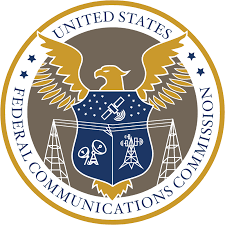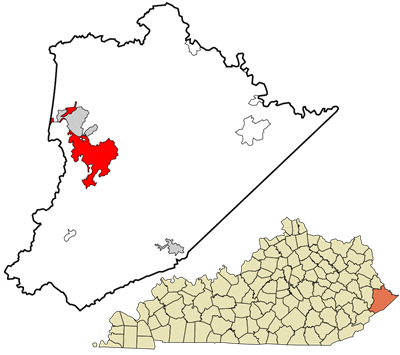In Our View: Addressing Digital Discrimination Will Take More Than Policing ISPs
This is a walk and chew gum moment for broadband-for-all advocates. On the one hand, the Federal Communication Commission (FCC) new digital discrimination rules have the potential to rein in egregious examples of digital discrimination. On the other hand, the new rules still fall short of putting forward the kinds of structural solutions necessary to address underinvestment in communities where federal infrastructure dollars may never reach.
Last week, the FCC published its final digital discrimination rules, giving the agency the authority to penalize Internet Service Providers (ISPs) whose policies have a “disparate impact” on historically marginalized communities. The Infrastructure Investment and Jobs Act (IIJA), passed by President Biden in 2021, included a mandate directing the FCC to develop “rules to facilitate equal access to broadband internet access service, taking into account the issues of technical and economic feasibility presented by that objective, including—preventing digital discrimination of access based on income level, race, ethnicity, color, religion, or national origin.”

After hosting listening sessions and inviting public comment, the final ruling ultimately defined digital discrimination as “policies or practices, not justified by genuine issues of technical or economic feasibility, that (1) differentially impact consumers’ access to broadband internet access service […], or (2) are intended to have such differential impact.” Such an approach authorizes the FCC to penalize providers even if it can’t identify instances of intentional discrimination.
Initial Responses to the Ruling




